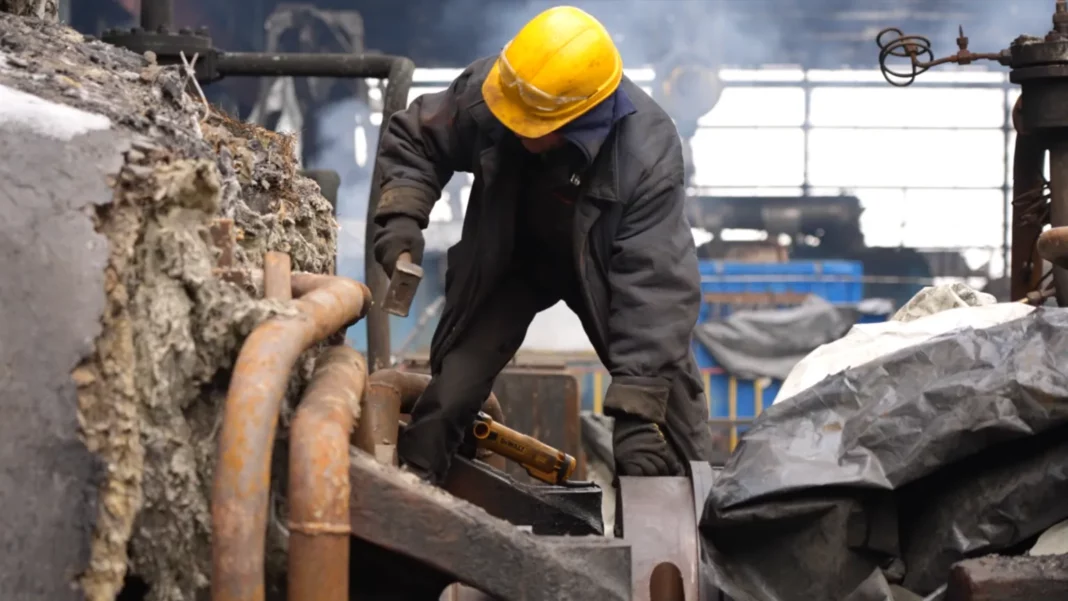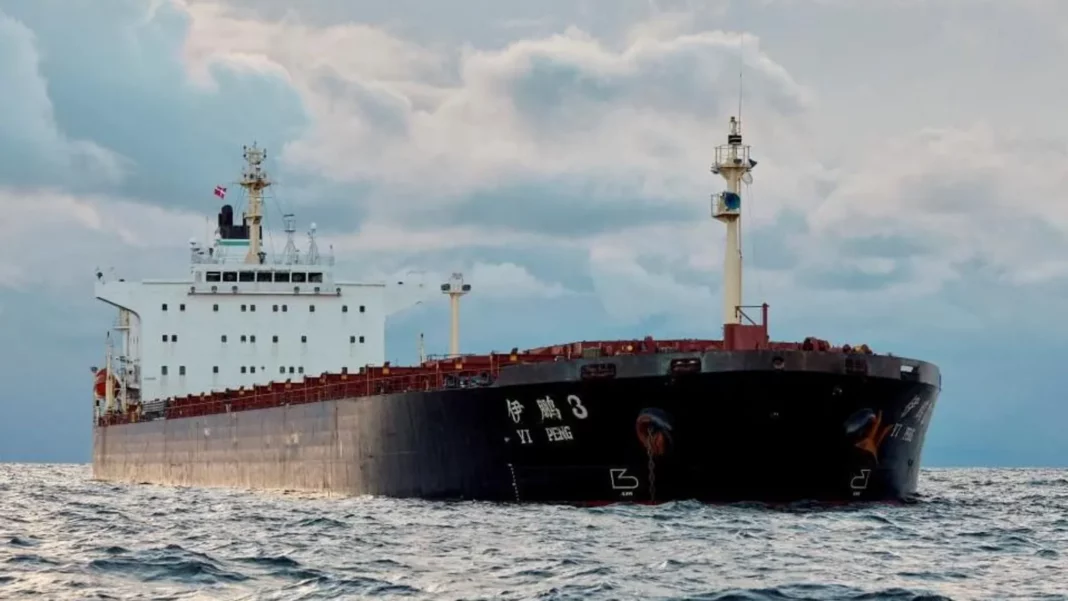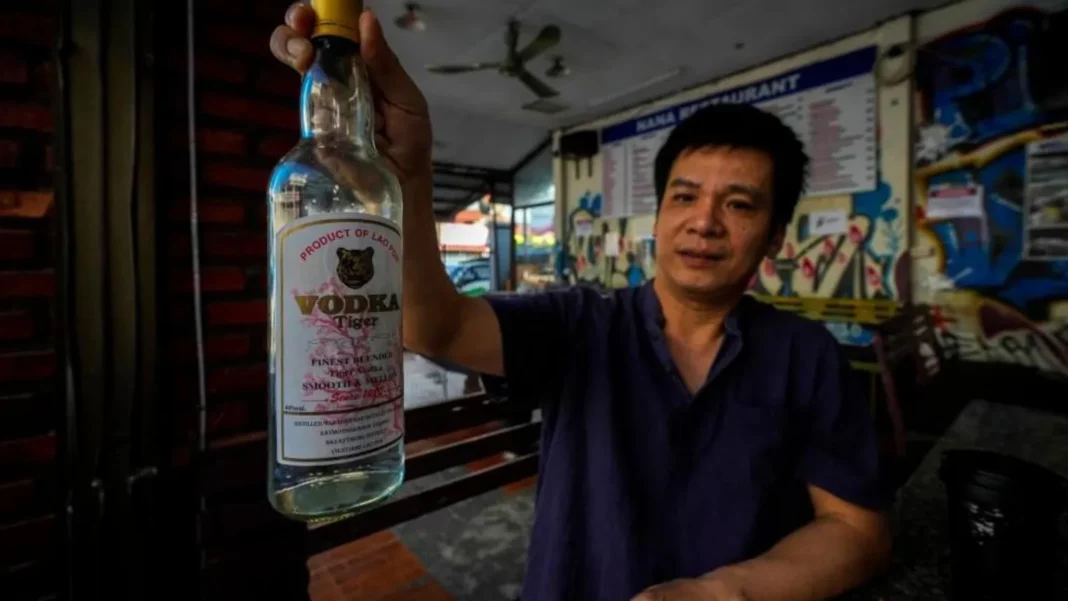Amid the monstrous heaps of twisted metal, pools of congealed oil and walls pockmarked by shrapnel, one incongruous detail catches my eye.
Patches of snow. Inside a thermal power station.
With another Ukrainian winter arriving, the vast turbine hall is full of activity. Engineers, dwarfed by the enormous scale of the place, repairing what they can, removing what they can’t, after a recent Russian air strike hit this facility.
For security reasons, we’re not allowed to say where we are or when the visit occurred. Nor can we describe the extent of the damage, or whether the plant is still working.
Russia, we’re told, collects every scrap of information in order to draw up its next target list.
On Thursday, Moscow mounted its second mass attack on Ukraine’s energy infrastructure in less than two weeks.
Ten such attacks this year have placed an enormous burden on the entire energy system.
Before the first of this month’s attacks, on 17 November, Ukraine had already lost 9GW of generation capacity. That’s about half of the power consumed during last winter’s peak heating season.
We’ve been asked not to say if the plant we visited was among the latest targets on Thursday. But like others across the country, this decades-old facility has suffered multiple drone and missile strikes since Vladimir Putin launched his full-scale invasion in February 2022.
There’s evidence of Russia’s destructive intent everywhere.
In one corner of the turbine hall, under a gaping hole in the roof, workers warm their hands over a makeshift brazier.
Huge sheets of plastic have been draped over the machinery to protect it from the elements.
“The conditions are tough,” says Oleksandr. We’ve agreed not to identify him further.
“We don’t even have time to restore the main equipment, let alone the roof and walls. Everything gets destroyed again from one strike to the next.”
Ukraine’s western allies are trying to help.
On Monday, DTEK, Ukraine’s largest private energy company, said it had received £89m ($113m) from the European Commission and US government to help restore capacity and protect vital equipment from snow, rain and sub-zero temperatures.
But it’s an epic struggle for the exhausted men tasked with keeping Ukraine’s lights on.





